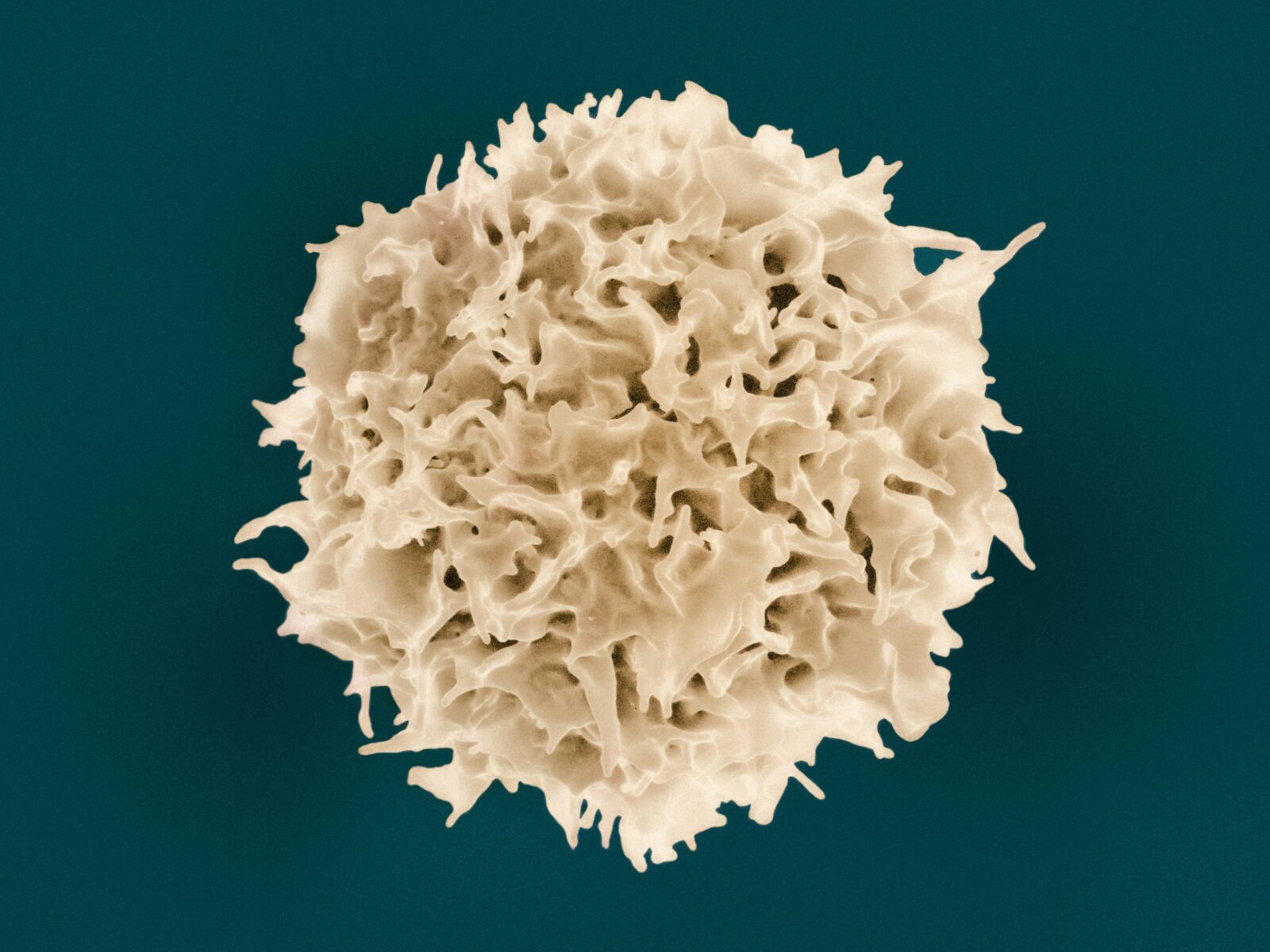Exercise boosts cancer-killing immune cells in women with breast cancer

A recent study from the University of Turku in Finland has found that a 30-minute exercise session can significantly increase the proportion of cancer-killing white blood cells in the bloodstream of women with breast cancer.
This is exciting news because it shows how something as simple as a short workout can boost the body’s ability to fight cancer.
The power of white blood cells
White blood cells are the warriors of our immune system, battling against infections, bacteria, viruses, and even cancer cells. However, not all white blood cells are created equal. Some are designed to destroy cancer cells, like cytotoxic T cells and natural killer cells, while others, such as regulatory T cells and myeloid-derived suppressor cells, can support cancer growth.
“The balance of different types of white blood cells determines whether the immune system works to destroy cancer or support it,” explains Dr Tiia Koivula, the lead author of the study. “If there are more cancer-destroying cells than cancer-promoting cells in the tumour area, the body is more capable of fighting cancer.”
How the study was conducted
The study involved 20 newly diagnosed breast cancer patients who had not yet started their cancer treatments. These patients participated in a 30-minute exercise session on a stationary bike at a resistance level they chose themselves. Blood samples were taken before, during, and after the exercise to measure the levels of different types of white blood cells.

Exercise and immune cells
The results were quite promising. During the exercise, the number of cancer-destroying cytotoxic T cells and natural killer cells in the bloodstream increased significantly. At the same time, the number of cancer-promoting regulatory T cells and myeloid-derived suppressor cells did not change.
Even more interesting, the proportion of natural killer cells relative to the total white blood cell count increased, while the proportion of myeloid-derived suppressor cells decreased.
“We found that during the exercise, the number and proportion of cancer-destroying cells increased in the bloodstream, while the proportion of cancer-promoting cells either stayed the same or decreased,” says Dr Koivula. “However, it is still unclear whether these changes seen in the bloodstream also lead to changes in the white blood cell counts in the tumour area.”
The immediate and lasting effects
One hour after the exercise, the levels of almost all white blood cell types returned to their resting values. The researchers are not yet sure where these cells go after the exercise, but previous studies in animals suggest that cancer-destroying cells may migrate to the tumour area.
The study also looked at how different types of breast cancer affected the exercise response. It found that the larger the tumour, the less the number of natural killer cells increased. Additionally, if the breast cancer was estrogen and/or progesterone receptor-positive, the number of cytotoxic T cells increased less than in hormone receptor-negative cancers.

A step towards better cancer treatment
“In our previous study, we found small indications that the type of breast cancer might affect the effects of exercise on white blood cells, which is why we wanted to examine it further,” Dr Koivula says. “However, the correlations we found were not very strong and therefore, no decisive conclusions can be drawn from the results.”
Despite these uncertainties, the study supports the idea that exercise is beneficial for cancer patients. “According to current knowledge, it is beneficial for all cancer patients to exercise, and our recent study supports this notion,” says Dr Koivula.
The bigger picture
Physical exercise has long been known to prevent cancer, reduce the side effects of cancer treatments, and improve patients’ quality of life. For example, the likelihood of being diagnosed with breast cancer is 13% lower in people who are most physically active. Moreover, cancer-specific mortality is 31% lower in physically active people after diagnosis compared to those who are sedentary.
The role of exercise in cancer care
Traditionally, patients were advised to rest during cancer treatments. However, due to the positive effects of exercise on cancer and treatment-related side effects, as well as associations with a better prognosis, this view has changed. Exercise is now recommended for cancer patients just as it is for individuals without cancer. It’s the only effective way to reduce treatment-related fatigue and improve overall health.
This study provides a promising insight into how a simple 30-minute exercise session can boost the body’s immune response against cancer. While more research is needed to fully understand the clinical significance of these findings, it is clear that exercise has a positive impact on the immune system’s ability to fight cancer.
Latest Thailand News
Follow The Thaiger on Google News:


























